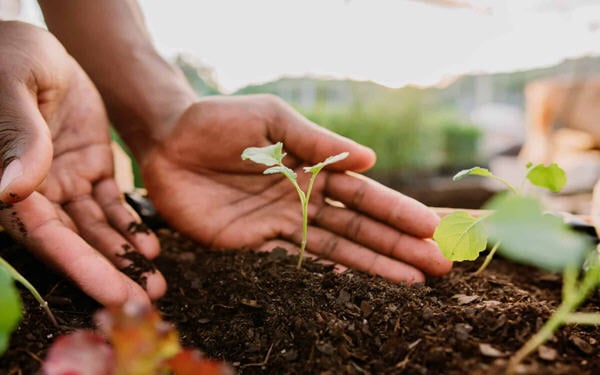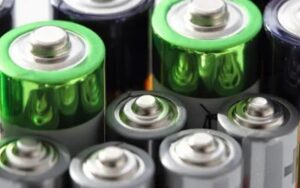What Are the Supply and Demand Dynamics of the Phosphates Market? (Updated 2024)

When it comes to phosphate, most people will first think of its application in the field of agriculture, where phosphate is an important plant nutrient element, usually used as a fertiliser, which helps to promote the growth and development of plants.
After that, in the field of food processing, they are widely used as food additives, such as flavourings and food acidity regulators. Apart from that, phosphates also have an important role in the industrial and pharmaceutical fields.
However, in recent years, investors are more concerned about the irreplaceable role of phosphate in electric vehicle batteries. Lithium iron phosphate batteries have high thermal stability and safety, and are not prone to safety problems such as runaway discharge or fire.
Moreover, lithium iron phosphate batteries have a longer cycle life and can undergo more charge/discharge cycles to maintain more stable performance. Compared with other lithium-ion batteries, lithium iron phosphate batteries are better adapted to high-temperature environments, and with relatively low manufacturing costs, they are also more environmentally friendly.
The demand for phosphates is only expected to increase as the world’s population grows, demand for food increases, and electric vehicles become more popular. As a result, more investors have begun to look towards the phosphate market. Below are some brief overviews of the phosphate market, including supply and demand dynamics and investment options, for reference.
What factors influence phosphate supply and demand?
The latest US Geological Survey report on the phosphate industry shows global phosphate rock production at 220 million metric tonnes in 2023, down slightly from 228 million metric tonnes in 2022. Last year, China was way ahead of other countries with 90 million metric tonnes of phosphate rock production. In second place with 35 million metric tonnes was Morocco, which holds about 68% of the world’s phosphate reserves. The third is the United States, which in 2023 produced a total of about 20 million metric tonnes of phosphate rock from mines in Florida, North Carolina, Idaho and Utah.
In addition to this, phosphate is produced in many other countries around the world, including Jordan, Russia, Saudi Arabia, Egypt, Vietnam, Peru, Tunisia, Brazil, and Israel.
The demand for phosphates has been steadily increasing over the past few years. And the growing world population and expanding crop nutrient requirements will keep the demand growing steadily in the future. According to Future Market Insights, the global phosphate market size will reach USD 21.4 billion by 2033. Increasing adoption of modern farming techniques and focus on sustainable agriculture is further fuelling the demand for phosphates, states the report. Going forward, the phosphate industry will need to pursue more mine expansion and exploration opportunities to meet the growing demand and future growth projections.
How to start investing in the phosphate industry?
One way for investors to invest in phosphates is to buy shares of exchange-traded funds that invest in phosphates, such as the VanEck Agribusiness ETF (ARCA:MOO). However, most market participants choose to invest directly in the shares of phosphate companies, dominated by the three largest phosphate producers below:
- Nutrien(TSX:NTR,NYSE:NTR)
- Mosaic (NYSE:MOS)
- Vale (NYSE:VALE)
If you are interested in phosphate, especially for its application in the electric vehicles batteries, please pay close attention to First Phosphate (CSE: PHOS) (FSE: KD0). First Phosphate is the only publicly listed company that is fully dedicated to extracting and purifying phosphate for the production of cathode active material for the Lithium Iron Phosphate (“LFP”) battery industry. LFP batteries operate similarly to other lithium-ion batteries. They have the advantage of being non-toxic, having superior fire safety, longer cycle life and lower cost. The company is the Building Block for a North American LFP Battery Ecosystem, the company holds a total of 1,500+ sq. km of royalty-free land claims in the Saguenay-Lac-St-Jean Region of Quebec, Canada consisting of rare anorthosite igneous phosphate rock that generally yields high purity phosphate material devoid high concentrations of harmful elements.
Disclaimer: NAI is being compensated for this content. Materials contained in this content are for information purposes only and is not intended to constitute an offering of securities in any jurisdiction. Nothing on this content should be construed as an offer, solicitation or recommendation to buy or sell products or securities.
Agriculture
Electric Cars
In-Depth Analysis
Phosphate







